At the show with the artist: Gabriel Kuri on Lucio Fontana
An exchange with Gabriel Kuri on Lucio Fontana’s “Ambiente Spaziale,” exploring the boundaries of installation and sculpture in both artists’ work.
A few months ago, a visit to Gabriel Kuri’s studio in Brussels turned into an inspiring exchange about art history. For those who have the experience of chatting with him, the Mexican artist can come across as a real connoisseur of art from the past. The conversation at the studio was fascinating as references would pop up to open doors to his work. Our grasp on Kuri’s practice would tighten each time he would name an artist or artwork from history. However, his mention of Lucio Fontana somewhat puzzled us. What could those slashed canvases, coarse ceramics, and slightly funky installations by the Argentine-Italian 20th century artist possibly mean for Gabriel Kuri, an artist known for his witty and sleek re-use of the everyday?
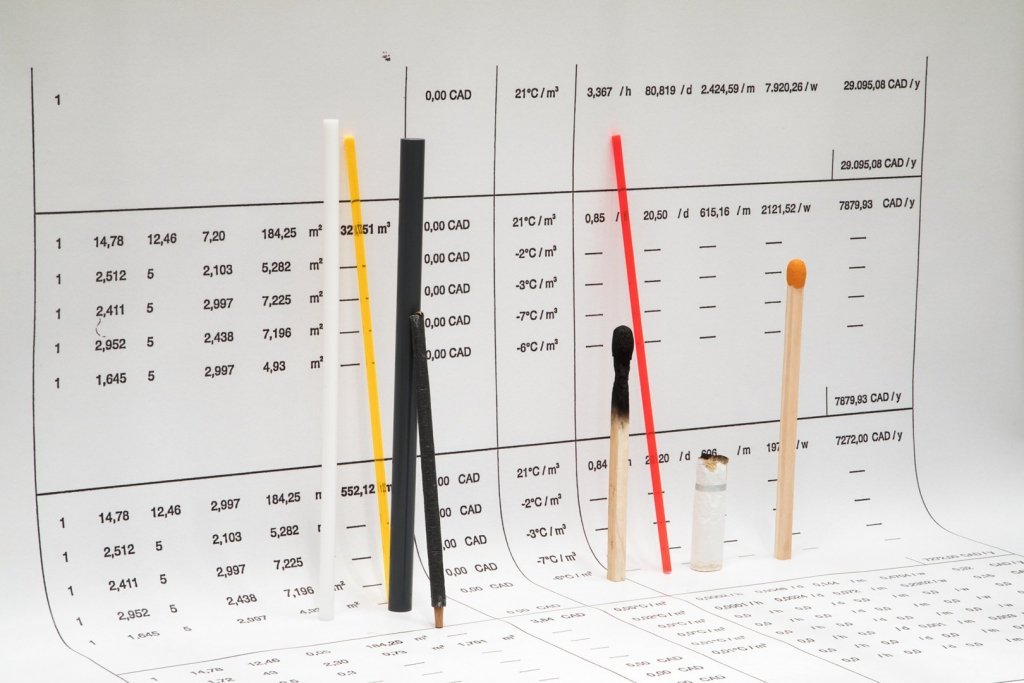
This article for our “At The Show With The Artist” series reports an email conversation with him that followed from this puzzlement after our studio visit. Kuri gives his take on historical works by Lucio Fontana, focusing on the aspect of the latter’s work that looked to us like the most plausible meeting point , that is the work Fontana did in relation to the built environment. His multiple versions of Ambiente Spaziale (spatial environment) from the period 1948-68, a complex installation of neon lights that would converse with the architectural volumes, reminded us of Kuri’s recent exhibitions. Both blurred the line between sculpture and installation, pumping intuitions for the philosophers of art seeking definitions, or the visitor craving for genuine aesthetic experience.
***
Exhibitions of yours like those in Dublin or Oakville are installations rather than bare presentations of objects. Do you find yourself close to the vision of Fontana in respect to the disappearance of the artwork as an object, something that motivated his installation work, perhaps a heritage of pre-WWII historical avant-gardes?
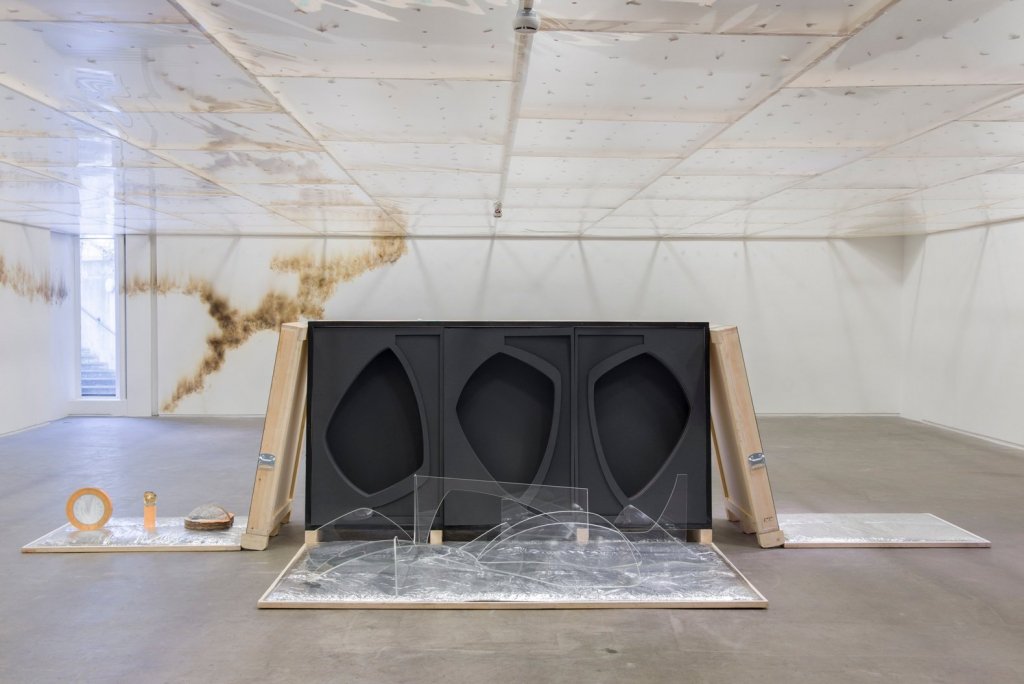
Installation view of Gabriel Kuri, spending static to save gas at Douglas Hyde Gallery, 2020. Courtesy of the artist and the Douglas Hyde Gallery. Photography by Louis Haugh. 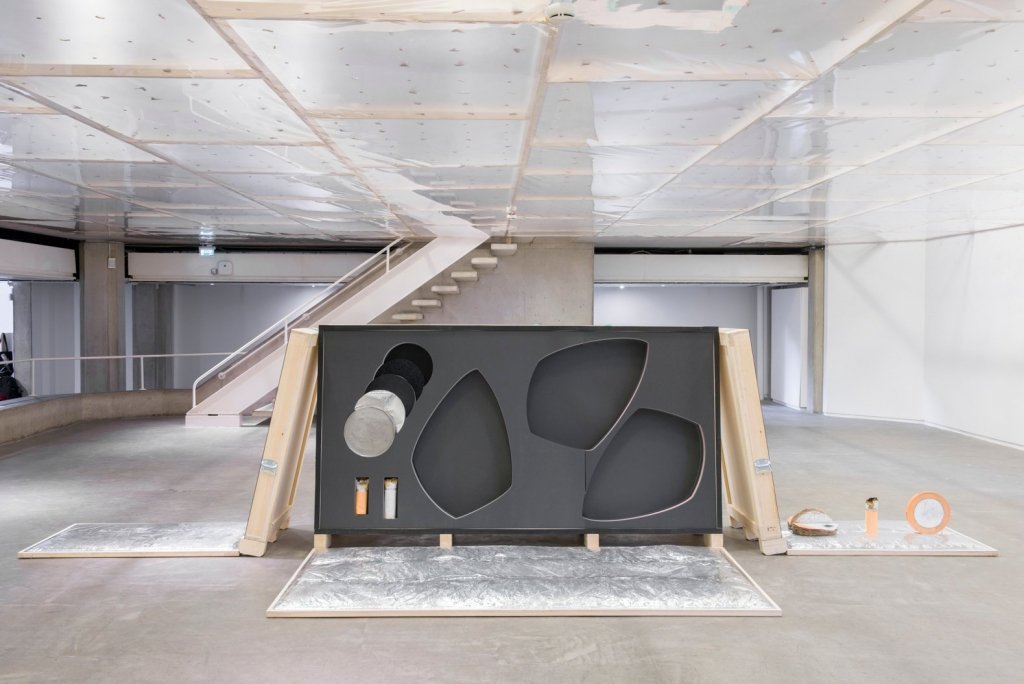
Installation view of Gabriel Kuri, spending static to save gas at Douglas Hyde Gallery, 2020. Courtesy of the artist and the Douglas Hyde Gallery. Photography by Louis Haugh.
Gabriel Kuri: This is a good point. I think you may be right in suggesting that at least when it comes to my environments, I align with Fontana´s descent from European pre WWII historical avant grades. Speaking in very broad terms (which may sound old fashioned and academic, very 20th century but myself I do not mind) I do believe that art work which is built to last most often comes from within the form. It is the product of hours of forging material, of wrestling with form, of not intending to outguess, but rather learn. The work may aim towards some metaphysical ambition or philosophical disquisition, or even political declaration, somewhere light and even paradoxically formless, but its foundation in form is where it draws its strength.

This is probably why I feel consistently drawn to Fontana´s work, in whichever medium. That is because of its implacable sufficiency in form. It is not shy of metaphysics, it is conceptually very ambitious and the easiest way to see this is the declaration of intent carried in his titles since 1949. However his language sits on the most solid of foundations.
Again I will probably sound academic, but I think of my work as sculpture, whatever presentation it may take. I am not comfortable with these works of mine referred to as installation art. Even when my works are enveloping, when they are more of a site responsive environment than a transportable thing, I constantly remind people that I conceive of them in somewhat classical sculptural terms. If the term installation has relaxed and may welcome that which rather than site-responsive gets away with being opportunistic, or a shorthand for pseudo sculptural problem solving, I would like to think that I can distance myself from this. Again, with the risk of sounding academic or old fashioned.
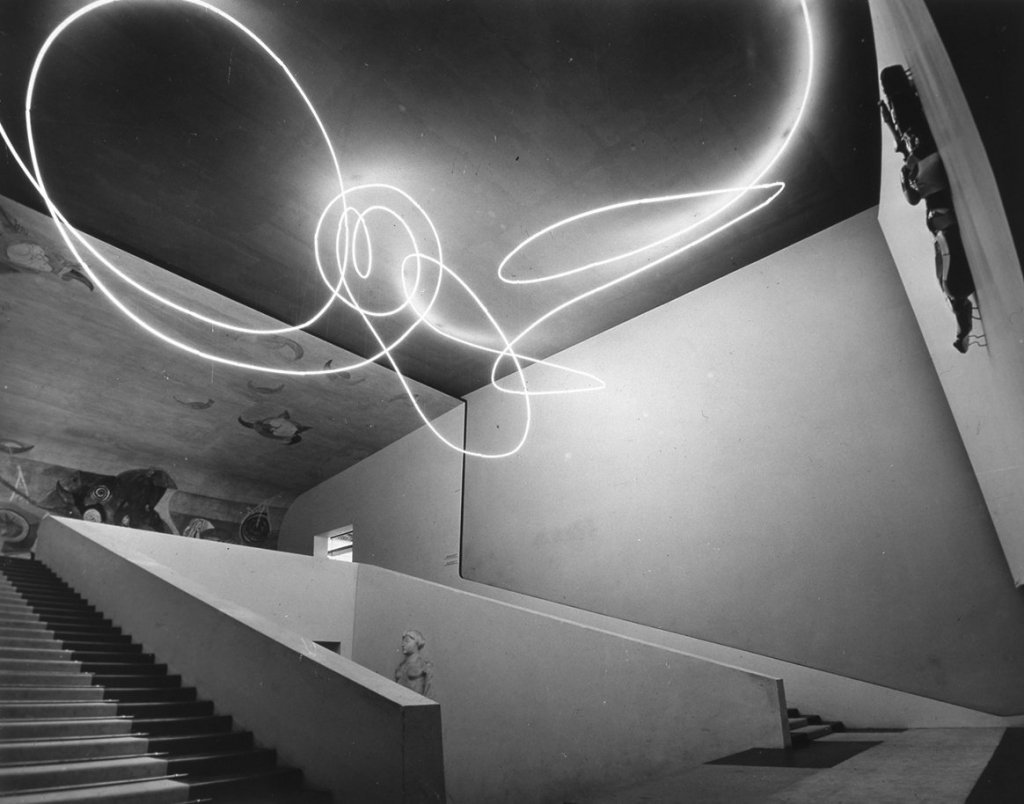
There is an interesting passage in the article by Anthony White Lucio Fontana, between Utopia and Kitsch. It refers to the difference between sculpture and what we would call installation today: “Fontana was angered by journalistic descriptions of the work as an arabesque, a piece of spaghetti, or a lasso. This was not merely because such epithets were diminishing, but also because they tended to make the work over into a figure. He insisted on calling it a spatial decoration, abstract architecture, spatial concept, but never a sculpture or an object — critic of the artwork as disconnected from its surroundings.”
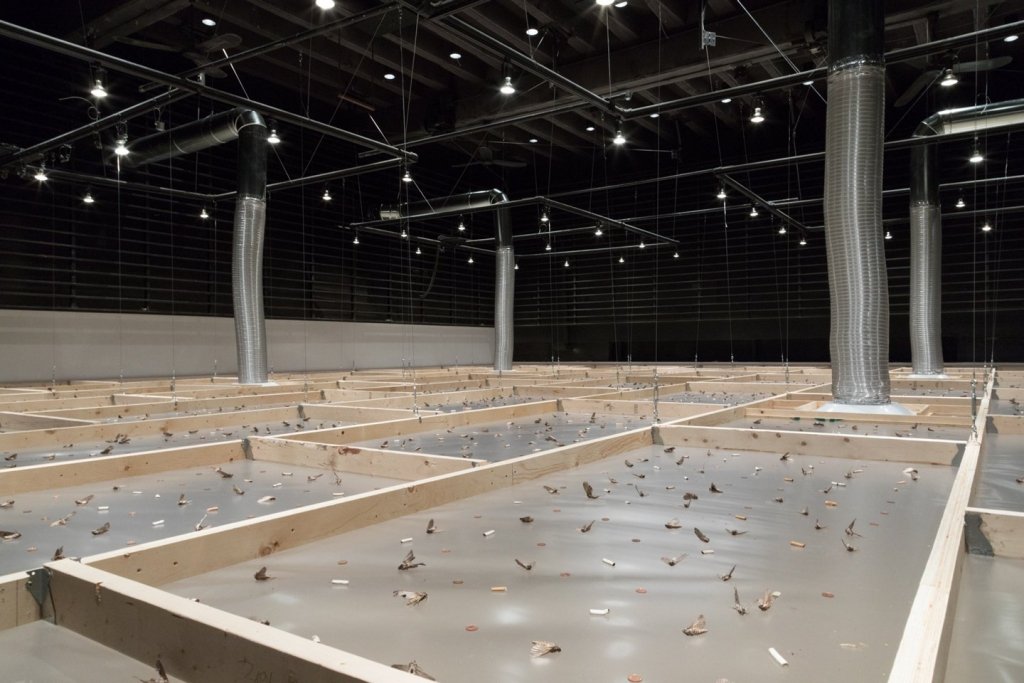
Gabriel Kuri: Maybe something else that keeps me coming back to Fontana is that although he was an, academically speaking, robustly sufficient artist when it came to the conventions of painting (surface, edge, matter, composition, colour) the locus of his paintings was not the support. His paintings were, in my view, not just comfortable in their undeniable command of the canvas. Their real locus, the place of these works was in fact the threshold, the boundary, a transitional place. His paintings were not referential windows, nor abstract things, they were thresholds. Whatever they did, whatever happened because of them was to be found in a transitional place.
I think a similar thing happened with his sculpture or environments. Whereas his sculptures and environments of the later period clearly came from years of manually forging primal material such as clay, again they take material as a boundary. The place where his sculptures operate is not within their embodiment, that embodiment is, again, a threshold, not a point of return, much like in his paintings. Would I be right in assuming that is what he meant when he expressed his anger towards the critics who spoke of the neon line tangled in space as an object?
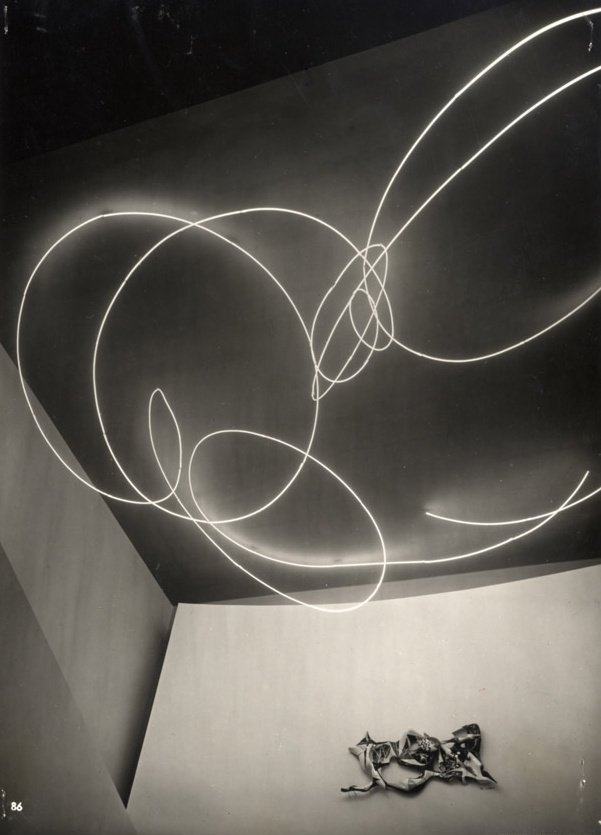
His point seems philosophical if not political. In the context of the 1951 Triennale di Milano, an event that would mostly target architects and designers, his Ambiente Spaziale was an almost irreverent statement that served two purposes. One the one hand, it put forward a post-WWII leftist, anti-market rhetoric of the untradable art object. At the time, the market had not yet absorbed art forms such as temporary installations, and an artist producing with that medium would be conscious of the exclusion from the market. On the other hand, he possibly wanted to reaffirm the importance of art for life by placing it at the level of architecture. His argument might go: no life without architecture, no architecture without art, hence no life without art. In hindsight, this might have been yet another failed modernist utopia. Indeed, what remains today is Fontana’s much more subtle reference to a transitional, metaphorical place forged in form as you say. To stick with old fashion terms, art might be what gives form to an idea, yet a form that warrants furthering that idea. For example, an artwork that prompts a political idea is not a book that merely explains it. Similarly, your sculpture, regardless of which idea it warrants–the metaphysical ambition or philosophical disquisition, or even political declaration you mention–works in this transitional yet finished form. Perhaps this is also why you don’t need to call your work installation: form and sculpture are sufficient to warrant furthering ideas.
June 18, 2020
